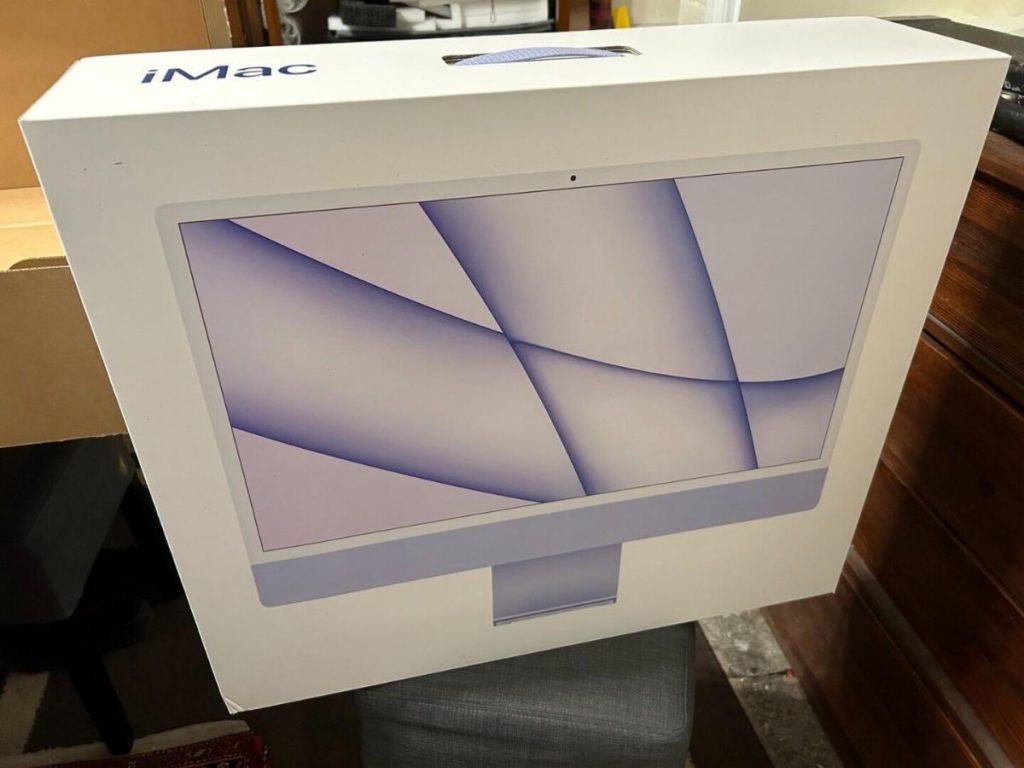March 31, 2024
Are You Planning on Buying a New Computer Soon?
Does your crystal ball tell you that a new computer is in your future?

I get asked (all the time!) about when is the best time to buy a new computer – and I usually give the same answer: Think of it like a car, when it’s time to get a new one, you’ll know. Not exactly rocket science, but I like to think I’m pretty good about suggesting when. But it’s the what that requires me to put on my detective hat and start asking questions.
Now besides the cost of the new computer and any related expenses (for a quick refresher, read my blog post from July 2021), there is the small matter of deciding what model/configuration is best for you.
First thing to ask yourself: Laptop or desktop model? That’s a question only you can answer, it’s all a matter of how, where, and when you plan on using your computer. Of course, once you’ve answered that, you have sub-questions to answer. If you decided on a laptop, there are many choices below that: MacBook Pro or MacBook Air? Screen size? What processor? If a desktop model is in your future, then your choices are a bit narrower. It’s pretty much a 24” iMac (sorry, the 27” is no longer produced) or a Mac mini, a computer that you must add a third-party display to in order for it to be functional. (Most users aren’t going to go with a Mac Studio or Mac Pro.)
My best advice here: Ask yourself how you’re going to use the computer. On the go? Laptop. At home? Desktop. Then decide how you’re going to customize it. Gone are the days when you could easily add RAM or a larger hard drive, so plan accordingly. As far as RAM goes, Apple gives a minimum of 8 GB, which is fine for basic tasks (word processing, email, web surfing, etc.), but if you’re doing anything more processor intensive (audio or video editing, graphic arts, etc.), you’ll want to bump that up a level or two. Ditto for the processor, which you can think of as horsepower (to continue with the car analogy), the higher number, the more power.
Finally, and perhaps most importantly, internal storage size (the device formerly known as hard drive capacity) should be gauged before pulling the trigger. Since modern internal storage is now solid state and no longer the old-school spinning disks and all that fun stuff, the capacity offered is usually less than on the computer you purchased a decade ago. Of course, these days, so much media is streaming, so users tend to have less music and fewer movies saved on the computer. But before whipping out your credit card, determine how much data is being stored on your computer. Then buy one with an equal (or larger) storage capacity. Think of it like renting a dumpster – decide what size you think you need, and then end up getting the largest one available anyway. I’ve never met a user who said “wow, I wish I had less space on my computer!”


